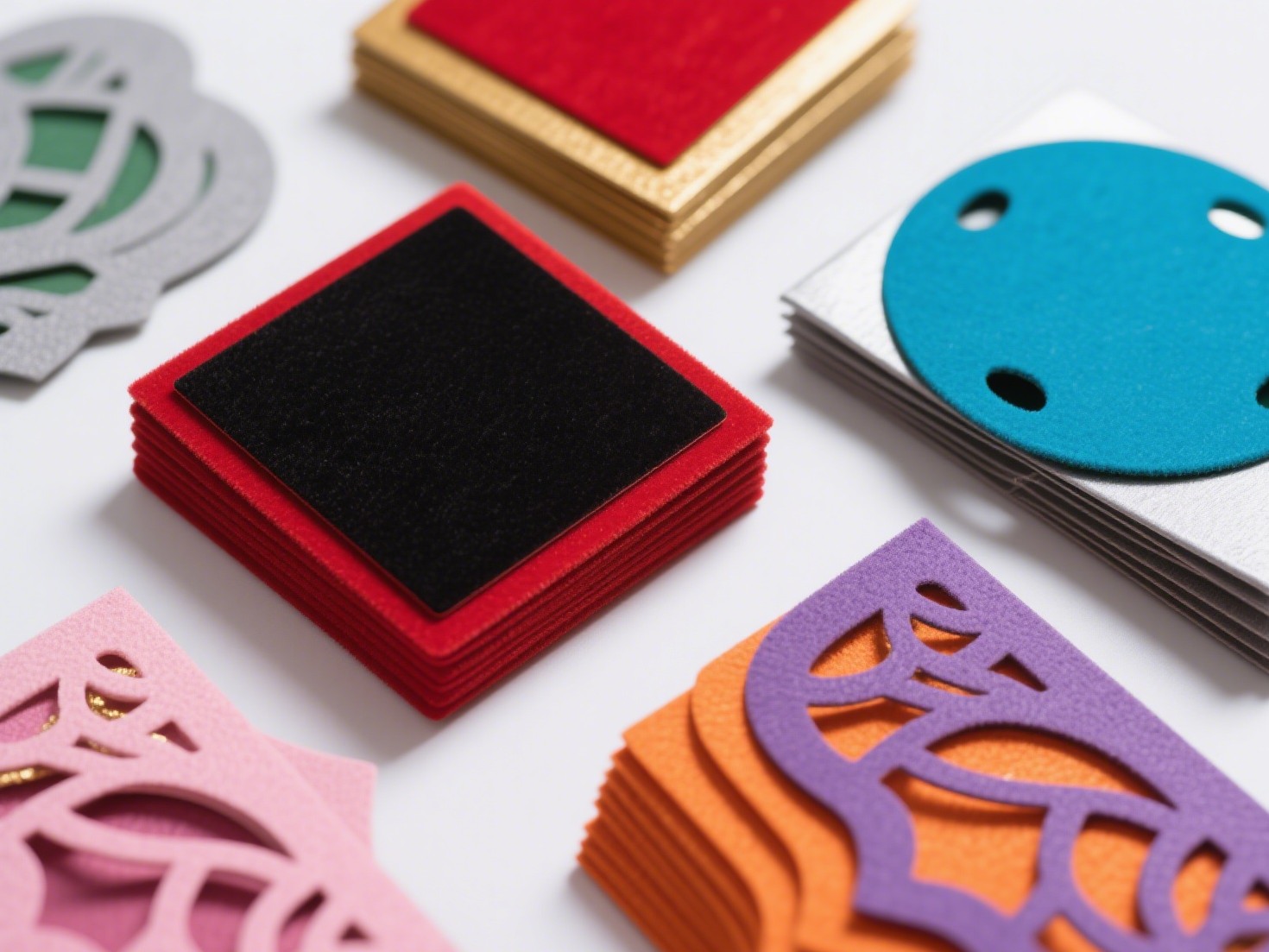When it comes to construction materials, fire resistance is a critical factor that architects, builders, and homeowners must consider. Among the various options available, corrugated metal has gained popularity due to its durability, lightweight nature, and aesthetic appeal. However, a common question arises: Is corrugated metal fire resistant? In this article, we will delve into the properties of corrugated metal, its fire resistance capabilities, and its implications for building safety.
Understanding Corrugated Metal
Corrugated metal is typically made from steel or aluminum, characterized by its wavy pattern that enhances its strength and rigidity. This design not only contributes to its structural integrity but also makes it an attractive choice for roofing, siding, and other architectural applications. The manufacturing process often involves galvanization or coating with protective layers, which can influence its performance in various environmental conditions, including fire.
Fire Resistance: What Does It Mean?
Fire resistance refers to the ability of a material to withstand fire or to provide protection against the spread of flames and heat. This property is crucial in construction, as it can significantly impact the safety of a building and its occupants. Fire-resistant materials are typically rated based on their performance in standardized tests, such as ASTM E119 or UL 263, which evaluate how long a material can withstand fire exposure before failing.
The Fire Resistance of Corrugated Metal
- Material Composition:
Corrugated metal, primarily made from steel or aluminum, exhibits inherent fire-resistant properties. Steel, for instance, has a high melting point (around 2,500°F or 1,370°C) and does not ignite easily. Aluminum, while having a lower melting point (around 1,220°F or 660°C), still offers considerable resistance to fire when used in appropriate thicknesses. - Coatings and Treatments:
The fire resistance of corrugated metal can be enhanced through various coatings and treatments. For example, intumescent paints can be applied to steel surfaces, which expand when exposed to heat, forming a protective char layer that insulates the metal from flames. Additionally, galvanized coatings can prevent corrosion, which is vital for maintaining structural integrity in high-temperature scenarios. - Installation and Design Considerations:
The fire resistance of corrugated metal is also influenced by its installation and design. Proper sealing and overlapping of panels can minimize gaps that may allow flames to penetrate. Moreover, the use of fire-resistant insulation materials behind corrugated metal can further enhance its overall fire performance.
Limitations and Considerations
While corrugated metal offers significant fire resistance, it is essential to recognize its limitations. In scenarios where extreme heat is present for prolonged periods, such as in industrial settings or during wildfires, the performance of corrugated metal may be compromised. Additionally, the presence of combustible materials nearby can pose risks, as flames can easily spread from one surface to another.
Regulatory Standards and Building Codes
Building codes and regulations play a crucial role in determining the fire resistance requirements for construction materials. In many jurisdictions, corrugated metal is classified as a non-combustible material, allowing it to meet specific fire safety standards. However, it is vital for builders and architects to consult local codes and regulations to ensure compliance and safety.
Conclusion: Is Corrugated Metal Fire Resistant?
In summary, corrugated metal is indeed fire resistant, primarily due to its material composition and potential for enhanced fire protection through coatings and proper installation. While it offers substantial safety benefits, it is essential to consider the specific application, surrounding materials, and local building codes to ensure optimal fire safety. As with any construction material, understanding its properties and limitations is key to making informed decisions that prioritize safety and durability.




+ There are no comments
Add yours